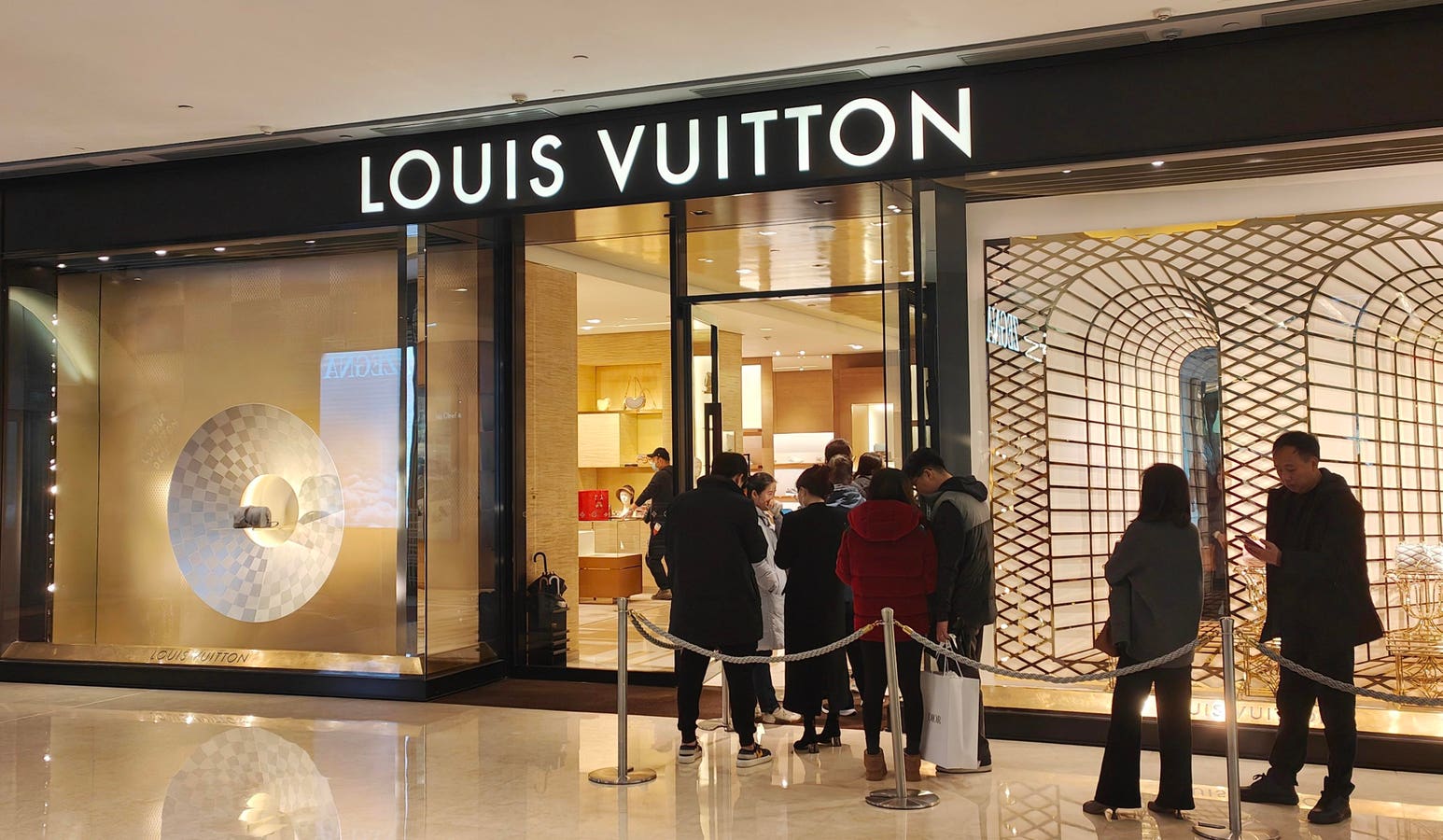Several large retailers have reported earnings for Q1 of 2024, and the numbers and management comments provide valuable insight into the health of the U.S. consumer. With roughly 70% of the economy driven by consumer spending, changes in these patterns significantly impact growth and employment. Results have been mixed, but there are clear signs of spending fatigue.
Consumers Are Shifting From Discretionary Products To Essentials
Walmart
Walmart
Walmart is known to attract value-driven, price-conscious consumers and noted a shift in the types of products they are buying. “Many consumer pocketbooks are still stretched, and we see the effect of that in our business mix as they’re spending more of their paychecks on non-discretionary categories and less on general merchandise,” Rainey said. Customers are choosing to buy essential groceries versus discretionary items like television sets.
Walmart’s earnings suggest that overall consumer spending is steady, but consumers with less disposable income are struggling and continue to look for value in their shopping habits. Target
Target
High Interest Rates Are Causing Pain For Consumers
Home Depot, the nation’s largest home improvement retailer, reported a decline is sales for the third consecutive quarter as customers wrestled with higher mortgage rates and inflation.
The home improvement retailer is seeing customers defer major home projects due to high interest rates. “Big ticket count transactions or those over $1,000 were down 6.5% compared to the first quarter of last year,” said Billy Bastek, Executive Vice President of Merchandising at Home Depot in an earnings call. “We continue to see softer engagement in larger discretionary projects where customers typically use financing to fund the projects such as kitchen and bath remodels.”
Home Depot CFO
VictoryShares US 500 Enhanced Volatility Wtd ETF
High-End Luxury Products Are Still Selling
The luxury goods market is one segment of consumer spending that is yet to show stress. While stimulus-fueled double-digit growth in high-end products is no longer happening, wealthy consumers do not appear to show the same signs of stress as lower-income spenders.
One example is LVMH. The world leader in high-quality products saw organic revenue in its fashion and leather goods division grow at 2% in the first quarter of 2024. Growth in that division soared 20% in 2022 and 14% in 2023. Louis Vuitton bags are still selling, just not as much to aspirational buyers.
Results from The RealReal — a leading marketplace that buys & sells bags, jewelry, and clothing from designers like Chanel, Gucci, Louis Vuitton, and Prada — indicate growing demand for second-hand luxury products. For Q1, The ReaalReal delivered sales and profits at the high end of its guidance range, noting a 13% growth in consignment revenue.
Consignment supply and demand growth could be attributed to a couple of factors. One reason might be a desire from overstretched aspirational buyers to raise cash. Another reason could be buyers turning to the lower-priced secondhand market as an entry point for top luxury brands.
Small independent retailers catering to high-income consumers are experiencing similar trends. Where big retailers must compete on price, small luxury retailers compete on ultra-personalized service and provide unique products that can’t be found anywhere else. “Our retail division is healthy and doing well,” says Elyce Arons, founder and CEO of Frances Valentine, a brand that offers “joyful, differentiated products and a clear brand voice.” “Our goal to create vintage-inspired apparel and accessories to help women feel more confident in their personal style has cultivated brand loyalty amongst our customers.”
Since the end of the Covid-19 pandemic, in-store consumers are eager to be pampered and are looking for expert advice on style and fit. Retailers offering niche products or a personalized experiences are still selling. One of the challenges faced by large-scale brands is the surge in the number of products flooding the market. Traditional brands must revisit their value propositions and adjust to evolving consumer expectations to compete.
Earnings announcements and the outlook from the retail sector provide reasons for investors to be optimistic with notes of concern. Overall retail sales are stable, but signs of stress are emerging amongst consumers with less discretionary income. Excess savings have dropped, and high interest rates are holding back spending. The employment picture is the key to future demand. As long as people still have jobs and feel secure in those jobs, they are likely to continue to spend and keep economic growth humming. Unfortunately, the latest employment report indicates the job market is beginning to crack. Retailers may be the first to feel the pain.
Read the full article here


















